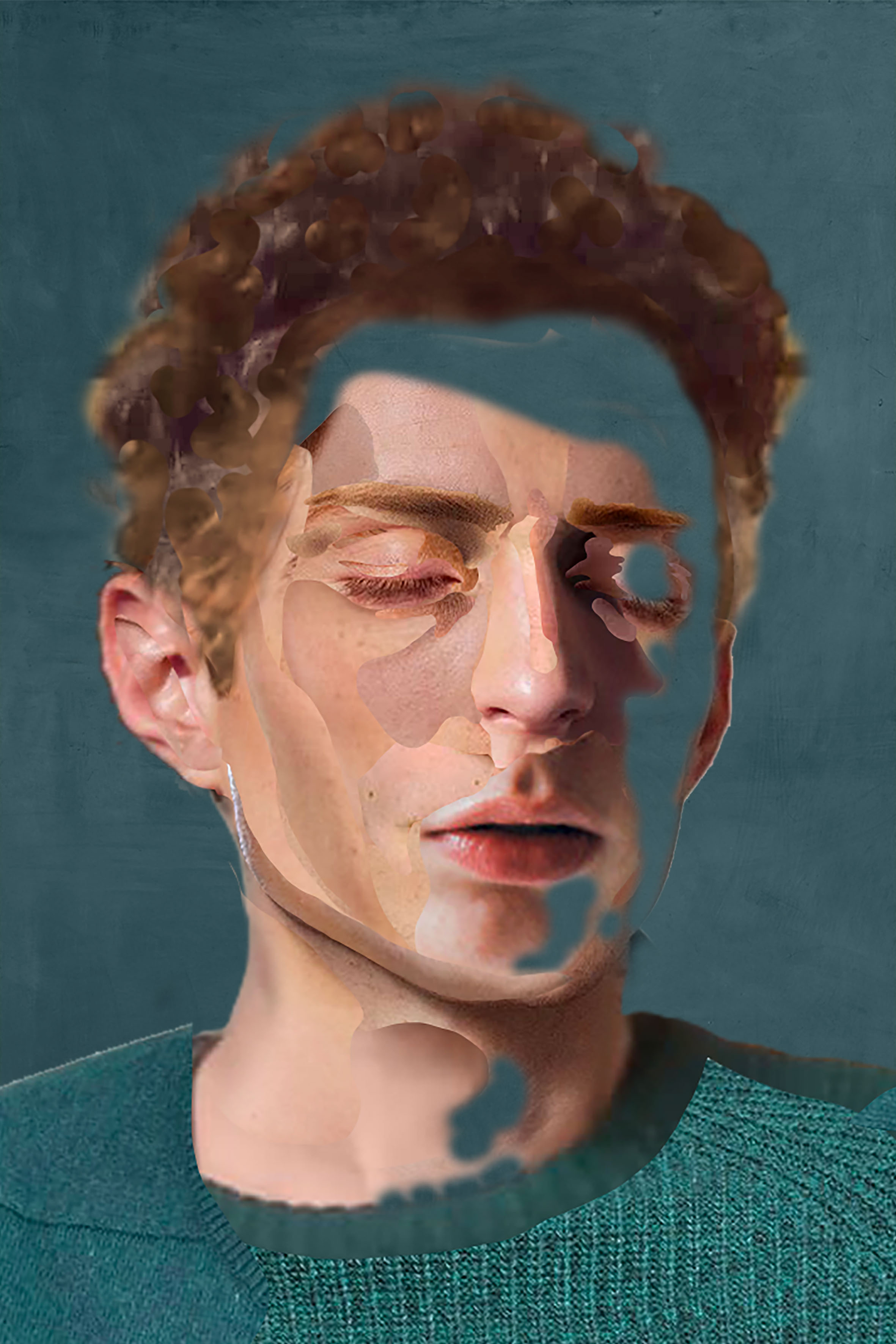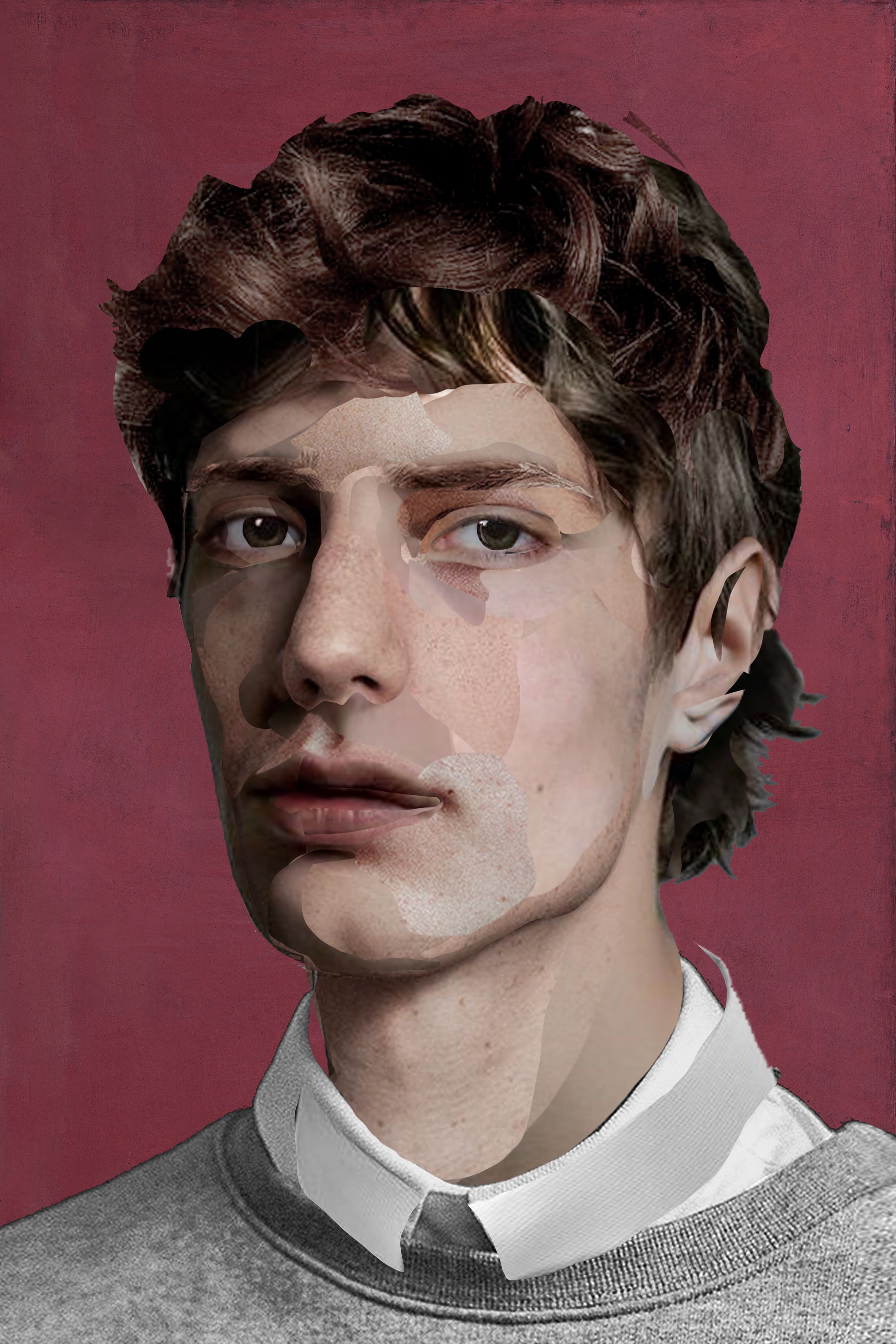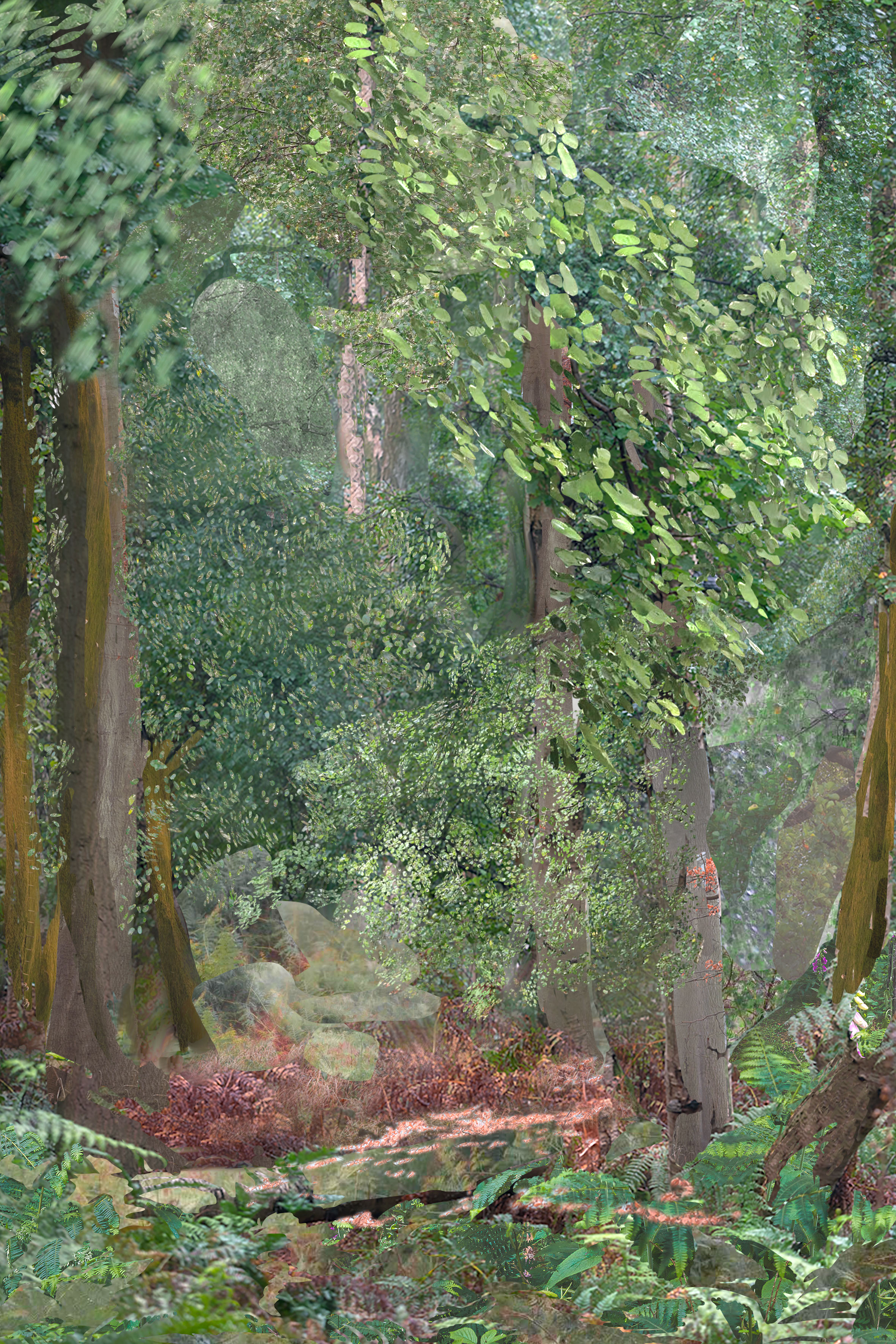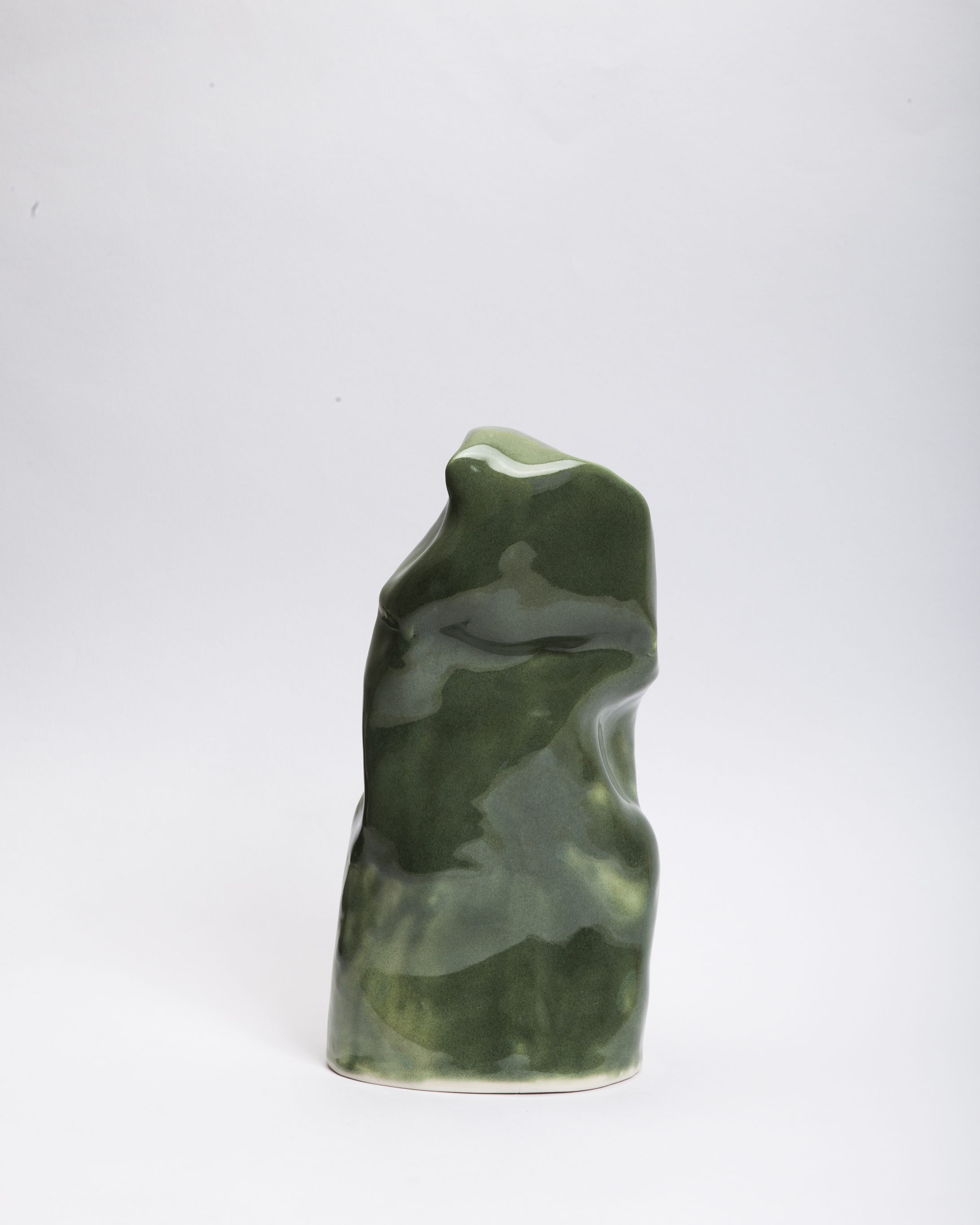









Viasaterna's exhibition project for Artissima 2022 presents in the Monologue/Dialogue section the works of Teresa Giannico (Bari, Italy, 1985) and Tami Izko (Cochabamba, Bolivia, 1984).
Teresa Giannico’s research comprises an investigation project, questioning space, sculpture and photography. The artist works with a process reconstructing reality through a series of consecutive steps, which lead to the stratification and accumulation of images from the internet, which are then mounted onto cardboards and arranged in a diorama, only to be rephotographed and reprinted in smaller and larger sizes.
The new project “YWR YWR” (you will return, you will return, 2021) originates from a more intimate, introspective condition, in a complex historical period that favoured isolation and led the artist to focus on memory and the action of time on our recollections. Interested in the process of making mental images, Giannico searched the web for all those images (as traces to follow) capable of evoking memory, using two pictorial genres – landscape and portrait – as keywords. From those countless images she found, she selected those closest to her starting point and then searched again, in a dense continuum, for other similar images, forming a large digital archive from which to extract fragments.
Chromatic fragments, like pictorial marks on a graphics tablet, are used to recreate a new composition, the result of a sum of stratifications that combine to provide ideal snapshots of what we have experienced in our minds, yet which are not necessarily related to reality.
Tami Izko was introduced to the world of pottery while living in Lisbon, and learned the practice from local artisans. Using the plasticity of clay, she focuses on the epidermal nature of this material, which she then shapes into organic forms working as a reflection and abstraction of the self and the elements that configure it. The Wounds series revolves around connections between memory, trauma and resilience. Separation leaves a trace, a mark, a scar or an open wound. Think of two things ripped from one another. Trauma can be understood as a wound itself, a hurt, a defeat. Change, in turn, can have traumatic consequences as painful as some wounds. Pain is a complex, biopsychosocial phenomenon that has sensory and affective components, as well as a cognitive element that is reflected in the anticipation of future harm. So pain is memory too.
The most recent series of works is named Bezoar
(2021 - ongoing) an exploration through clay that focuses mainly on our responsibility towards the extraordinary and the mechanisms behind magical thinking. The "myth of the bezoar" as an antidote remained popular until the 19thcentury. It was believed to have the power of a universal antidote, one which would work against any poison. A bezoar is a stone made of remnants, parts that did not follow the route of normality within a system where all components have a role and the superfluous is expelled. A bezoar finds itself stuck, undigested, trapped inside with no way out, except through violent, forceful removal.
Light Blue Corridor, Booth 13

